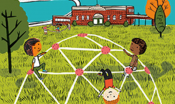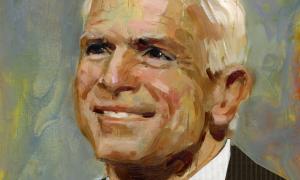the moment
Discriminatory Policies at the Summer Olympics
From a policy banning swim caps designed for natural Black hair to a ruling that several Black women can’t compete because of naturally high testosterone levels, some Olympic policies reflect stereotypes and discriminatory dress codes that many Black girls and women face in schools. As you prepare for next school year, these resources can help you assess your school’s dress code, advocate for inclusion and check that you don’t reinforce harmful stereotypes about women and women athletes.
- Controlling the Student Body
- Loc’d Out: How Thoughtless Dress Codes Can Harm Students From Day One
- We Beasts, We Badasses: Lessons From the Olympics

